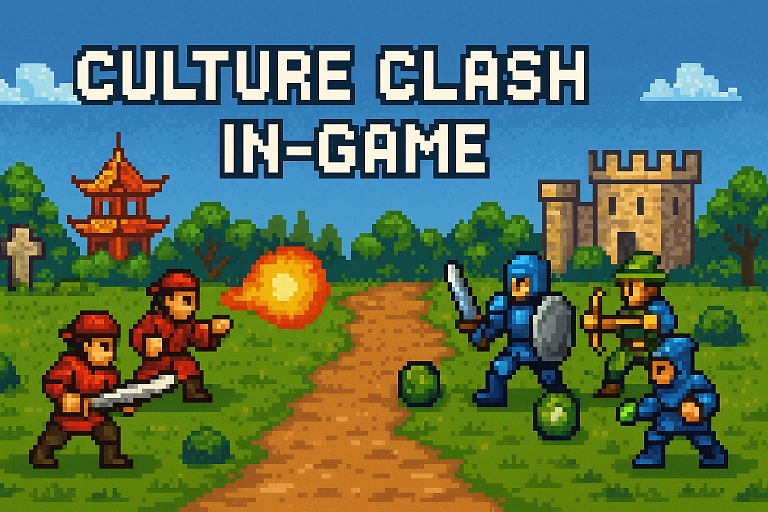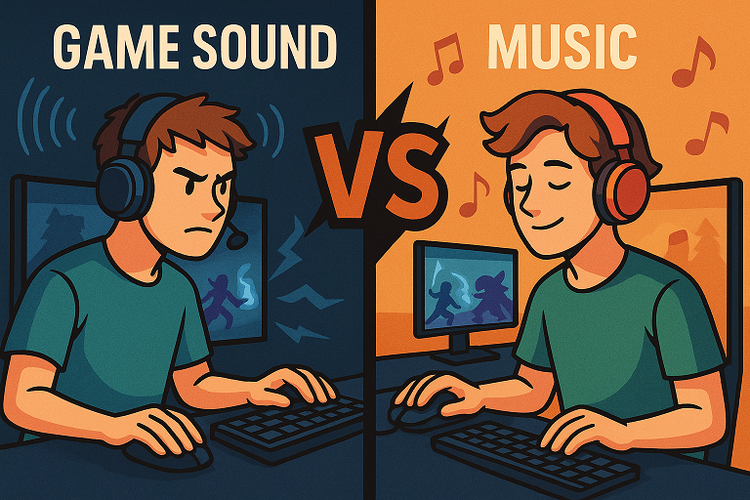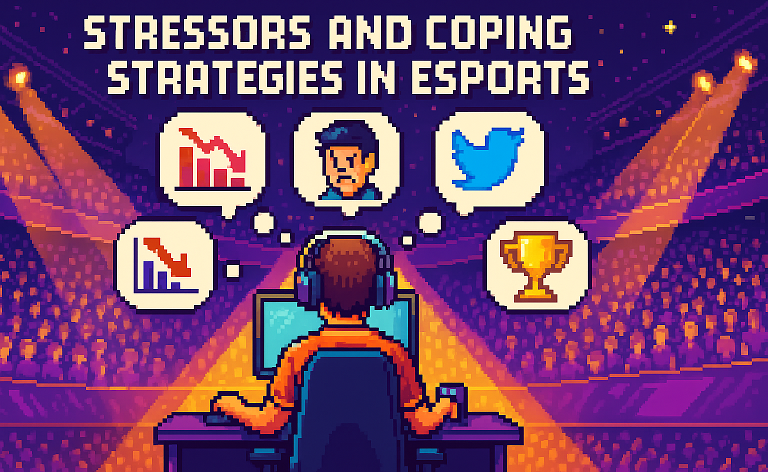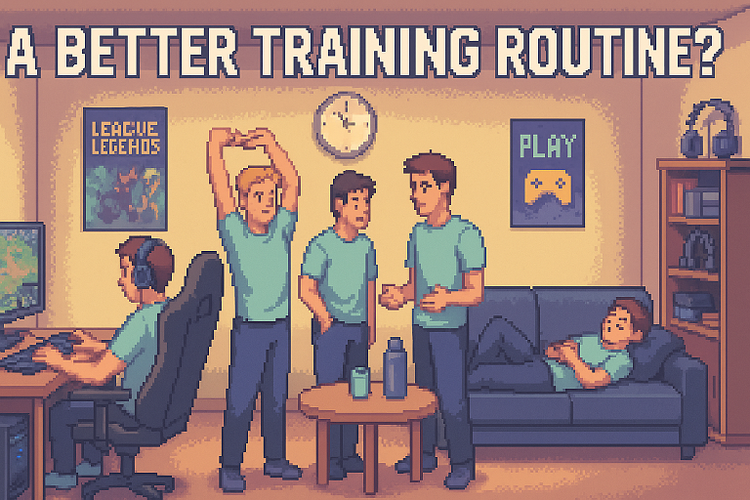Do you have an Internet Gaming Disorder?

Hey friends, and welcome to a new episode of Gaming Science. 🙃
Gaming is the hobby of millions of people worldwide. Outside the fun and positive aspects, this leisure activity can have many downsides. In this episode, we will take a closer look at one of them by discussing the topic of gaming disorder: what it is, as well as how it manifests in gamers and their behavior, and a test you can take.
• In 2013, the Internet Gaming Disorder (IGD) was acknowledged as a mental disorder (which has nine criteria).
• Which and how many criteria, as well as where the cut-off should be is unclear.
• The study aimed to develop a 10-item questionnaire to help diagnose IGD.
• Almost 5,000 gamers participated.
• "Giving up other activities" and "tolerance" were the two key criteria to diagnose an IGD.
• Some criteria should be weighted more than others and determine the severity of an IGD.
• 2.9% of the sample were estimated to qualify for an IGD.
• You can take the test yourself (at end of the episode) and see if you may have an IGD.
❓ Gaming Disorder Criteria
In an earlier episode, we touched on the topic of gaming disorder by laying out the factors that can contribute to it. In 2013, the Internet Gaming Disorder (IGD) was acknowledged as a mental disorder, sending a ripple effect through the gaming scene and media landscape. Since then, scientists have tried to get a better understanding of the disorder. One way is the development of tools that help professionals and (potentially) affected individuals assess gaming addiction.
According to the American Psychological Association, gaming disorder has nine criteria: preoccupation, withdrawal, tolerance, loss of control, giving up other activities, continuation, deception, escape, and negative consequences.
However, the questions of which and how many criteria should be used remain unclear. Similarly, there is also the question of where the cut-off is, meaning when a person should be given the diagnosis of gaming disorder (e.g., checking one, two, five, or all of the nine criteria). Lastly, the study aimed to develop a short (10-item) questionnaire tool that could be used to help diagnose gaming disorder.
👥 Who were the Participants?
In order to answer the questions above, the study surveyed 4,887 gamers from different game genres, ages, sexes, and hours played per week. Of the respondents, 92.5% were male, with an average age of 22.2 years and ranging from 14 to 64 years old. More than half (57%) played for more than 15 hours per week, mostly on PC (69.7%) or on both PC and consoles (22.7%).

📊 What constitutes Gaming Disorder?
By analyzing the data, the authors found two things that, for me, are the most important results of the study. Firstly, the criteria "continuation," "preoccupation," "negative consequences," and "escape" were found to be more prominent in gamers in less severe stages of Internet Gaming Disorder.
"[Secondly,] "tolerance", "loss of control", "giving up other activities", and "deception" were only reported in more severe cases [of Internet Gaming Disorder] [1]."
Similarly, another study found that "giving up other activities" and "tolerance" were the two key criteria in identifying an IGD [2].
Although players endorsed "preoccupation" and "escape" the most, these criteria provide little value in predicting the severity of IGD, which was also found to be the case in a second study [2], and only "escape" in a third one [3]. Therefore, some criteria should be weighted more strongly than others in order to classify the severity of an IGD.
The study, similar to others, found that a threshold of five criteria marked the best cut-off for diagnosing IGD. Depending on the number of criteria used, the study estimated 2.9% of their sample to qualify for IGD, which is close to the 1.2% found in another study [2], but significantly lower than the 6.6% reported in a third study [3]. These results were based on a five-criteria cut-off level. However, there may be many reasons for these discrepancies, such as different samples and different criteria.
🤔 Do you have an Internet Gaming Disorder?
Alongside the results, the study provided their item list for everyone to check and use by clinicians. If you want to check for yourself (disclaimer: always double-check with a professional), here is the list. First, answer the questions below, scoring from zero to two.

How to evaluate your test results (click)
If you scored 0 or 1 on any item, 0 points are awarded, whereas scoring a 2 means awarding 1 point. Answering "Often" on either or both of questions nine and ten will only award 1 point in total.
The DSM-5 considers the results clinically relevant if five or more criteria are met. In other words, if you marked "Often" on five or more questions, it may indicate a problem with gaming, but it’s important to consult with a professional for an accurate diagnosis.
Hope y'll enjoyed the read. Read you next week. All the best,
Christian 😃
Join over 250+ (🤯) Gaming Science subscribers and become smarter every week.
"I love this type of content, thank you Chris."
References
[1] Király et al., 2015
[2] Rehbein et al., 2015
[3] Lemmens et al., 2015






